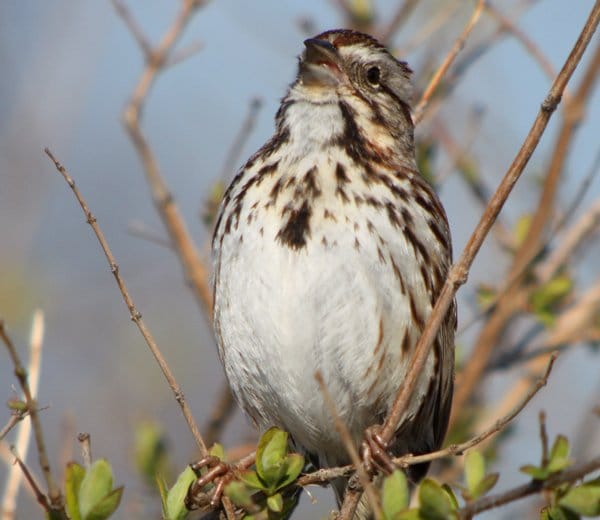Because of my job I have, of late, been spending lots of time in southern New Jersey. Of course I have not been spending time in the southernmost part of New Jersey because, as a birder, I could never be lucky enough to have to work in Cape May. No, I get to be in southwestern New Jersey, just across the river from Philadelphia. Those with a good grasp on the geography of the northeastern United States, or with access to my Facebook page, will know that this means that I have spent quite a bit of time in Camden as well as the rest of Camden County, Gloucester County, and Burlington County. But Camden, poor Camden, is what I want to focus on here.
Camden is the poster child for the post industrial collapse of American urban areas. It was once a beautiful city but it has fallen on the hardest of hard times. In 2004, 2005, and 2009, it was ranked as the most dangerous city in the United States and in 2008 there were 2,333 violent crimes per 100,000 residents. Over a third of the city’s residents live below the poverty line and it is afflicted by “homelessness, drug trafficking, prostitution, robbery, looting, constant violence, and an overwhelmed police force.”* In January of this year, that police force was cut in half because there was not enough money to pay them (though some were rehired in March).
Though it sits on the Delaware River and residents have great views of Philadelphia when one is in Camden one is usually paying more attention to one’s immediate surroundings to enjoy the view. The urban decay means that many buildings are abandoned and boarded up, streets are so poorly maintained that potholes large enough to swallow a car are everywhere, and it is not the most unusual situation, as I learned, to be offered heroin.
Despite the problems Camden faces, and the random typings of a white bird blogger who feels to some degree like a poverty tourist in a city that is populated almost entirely by African-Americans and Latinos probably don’t help, one can find beauty in the remains of the city. Buildings from the turn of the last century, though run down, still maintain some charm. Children making their way to and from school play and run around like kids everywhere. On a bright, sunny day in spring when trees are blooming some blocks are downright pleasant. There is much potential in Camden, like any other place where people live, and it not the fault of the current residents that the ebb and flow of the global economy has decimated their once-fine city.
I’m not sure of the point of this post other then shortly after I was offered heroin in one of the worst environments I have ever seen in an American city and I was ready to write Camden off for good I heard a Song Sparrow sing its song of spring in a place of despair. As cheesy and trite as it sounds and as cheesy and trite as the title of this blog post is it gave me a bit of hope for the fine people of Camden and, by extension, the downtrodden everywhere. Those clear tones ringing from the top of a scraggly bush on a broken down block in a broken down city cheered me. Birds can do that.
Keep singing, Song Sparrow, and people of Camden, keep struggling. Maybe, just maybe, we can get through this.
a singing Song Sparrow
*All of this information was gleaned from the Camden, New Jersey Wikipedia page.
………












Is this your first New Jersey post? I like it.
(And, in addition to all these awful things, Camden is also the home of the Rutgers Camden campus, which I haven’t visited yet, but doesn’t sound too bad. Good librarians.)
The only birding I’ve done in Camden County was to see the Green-tailed Towhee when it spent the winter at a house there. It is sad how badly Camden has collapsed. Whatever help it needs, it’s not getting, despite several revitalization initiatives.
If you’re traveling through Burlington County anyway, one birding spot to consider is the Franklin Parker Preserve. I’ve struck out while chasing rarities there, but other birders have had some good sightings there over the years.
Very nice post Corey. You weave a poignant story here. Good luck Camden, it sounds as though you need it.
@Donna: It is. Thanks.
@John: Poor, poor, Camden. And I will check out the Franklin Parker Preserve if I get a chance.
@Clare: Thanks!
Great post Corey